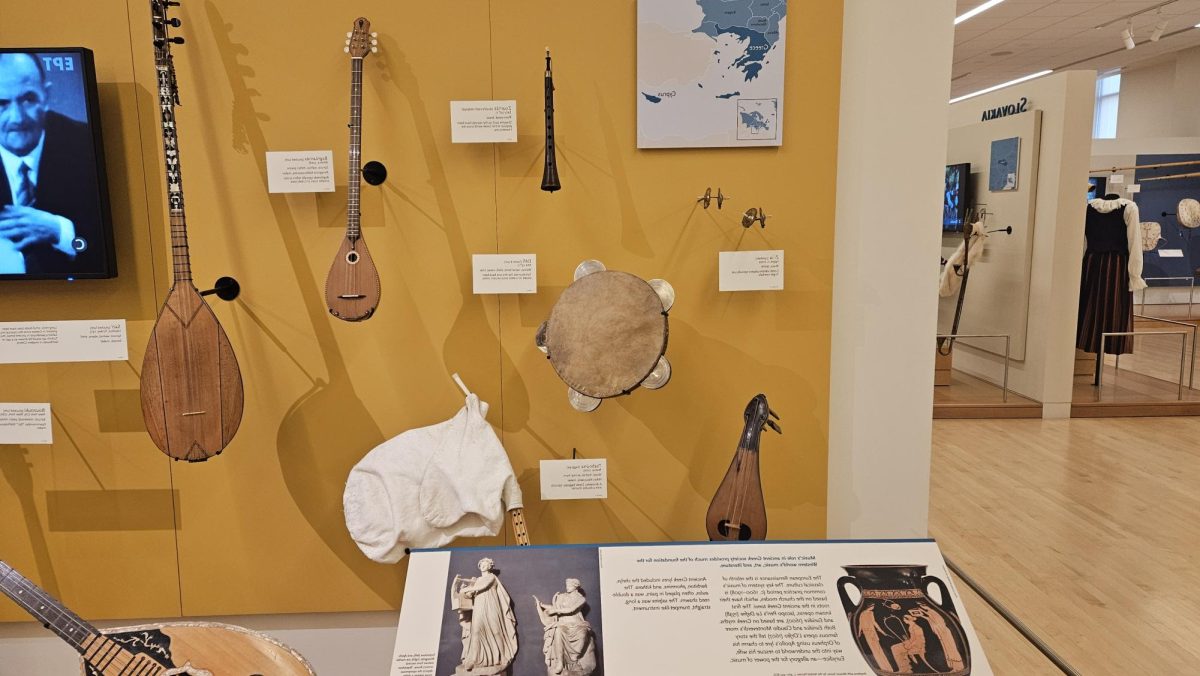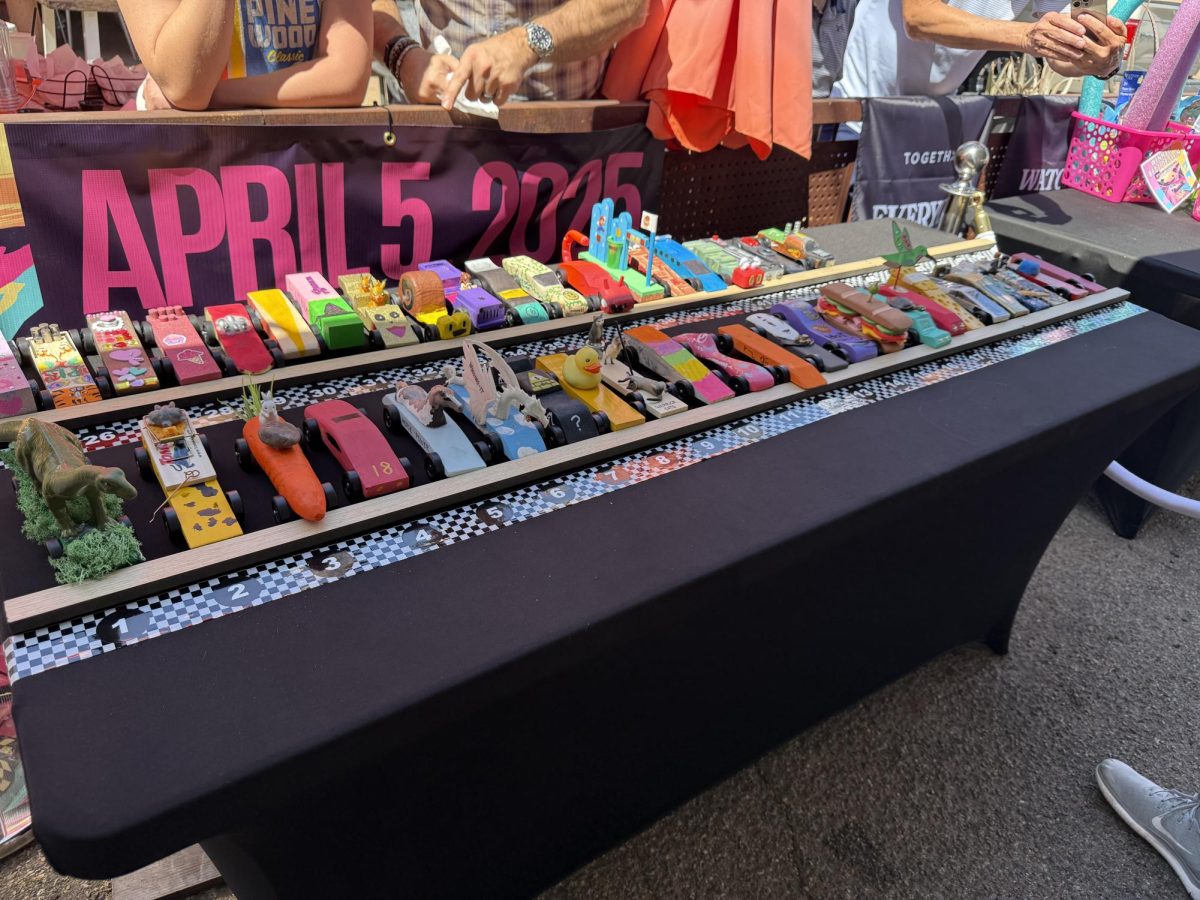A well-kept secret nestled in the north Valley off the 101 near Mayo stands the Musical Instrument Museum or MIM.
MIM features instruments from many geographical areas, as well as items that used to belong to famous musicians.
Communication specialist for MIM, Sydney Rich, told Northeast Valley News about some of the amazing exhibits featured at the museum.
When The Hunger Games debuted in theaters in 2012, it featured the deep, resonant tones of a rare instrument housed at the MIM in Phoenix: the octobasse.
The 12-foot-tall bowed lute was recorded for the film’s score by a team from Remote Control Productions, the company founded by renowned Hollywood composer Hans Zimmer. Composer James Newton Howard utilized the instrument’s distinctive sound to create the film’s score.
In 2011, technicians from Remote Control Productions spent an entire day capturing the octobasse’s unique tones. The massive instrument was disassembled, moved to MIM’s music theater stage, and reassembled for the session.
Due to its enormous size, the instrument requires the player to stand on a stool to bow its strings and operate the levers that produce different notes. For the score, each note was meticulously recorded at different volumes and articulation styles, creating a digital library for composers.
This process highlights the octobasse’s extraordinary range, producing a sound likened to a powerful, rumbling engine—perfect for dark, foreboding, or triumphant cinematic moments.
Originally conceived in the mid-1800s to extend the bass register of orchestras, the octobasse plays an octave lower than the double bass, adding dramatic resonance to music. The instrument was not commonly used in orchestras but was reserved for special occasions, such as royal coronations.
MIM’s octobasse was built in 2007 in Italy as a replica of an 1850s model.
The octobasse is a guest favorite at MIM, often featured in photos on social media, and its role in The Hunger Games marked a significant milestone. Its Hollywood debut has since opened doors for its use in other films and video games, solidifying its status as one of MIM’s most iconic instruments.
Another unique instrument the MIM features is the carapacho, also known as áyotl—a percussive instrument played in ancient Maya and Aztec ceremonies.
Based on archeological evidence and examples of tortoiseshell percussion played in the region today, it was most likely struck by a deer antler on the backside of the shell which is flat and thinner than the front. The shell vibrates to create a short, crisp tone with a definite pitch, somewhat like a musical woodblock. With some shells it is possible to get two different pitches on opposite ends of the shell.
It apparently is still played today in some indigenous communities, and is visible in educational settings and through Mexican musicians interested in revitalizing use of this ancient instrument.
MIM’s example was originally obtained from a Zapotec community so it may have had traditional use there. Click here to hear how it sounds.
Northeast Valley News also wanted to highlight the Greek exhibit featured at the MIM.
The graphic rail for Greece features Ancient Greek lyres including the chelys, barbiton, phorminx, and kithara; as well as a double-reed shawm called the aulos, which often had two bores, and the salpinx, a long, straight, trumpet-like instrument.
The graphic rail depicts the chelys and kithara. The audio-visual material includes a performance of Ancient Greek music on the aulos.
Matt Zeller, PhD, Curator for Europe at the MIM told Northeast Valley News about some notable instruments in the exhibit including a lyra by Baron Baronak from 1870s, a sazí by Seropy from 1915, and a bouzouki made in 1918 by Epaminondas “Epi” Stathopoulo, who started the Epiphone guitar company.




















